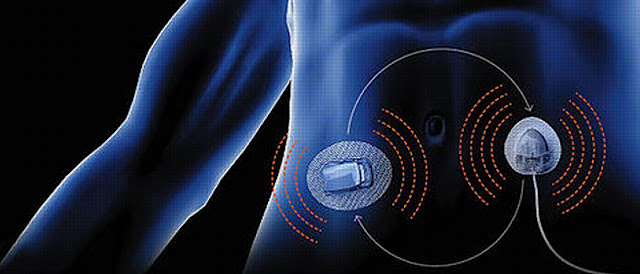Electroplating: Unravelling The Secrets Behind Stunning Surface Finishes
 |
| Electroplating |
Manufacturing and design, achieving stunning surface finishes is a crucial element in enhancing the aesthetic appeal and functionality of various products. One technique that plays a vital role in creating these captivating finishes is this type of plating. This also known as electrode position, is a process that involves depositing a layer of metal onto a surface through an electrochemical reaction.
According to coherent market insights the Global
Electroplating Market is US$
18.40 Billion in 2022 and projected to reach
US$ 27.3 Billion by the end of 2030, in terms of revenue, growing at CAGR of 5.06% during the forecast
period (2023 to 2030).
The art of this plating dates back to the early 19th century,
and it has since evolved into a sophisticated and highly specialized field. It
has found applications in industries ranging from automotive and jewellery to
electronics and architecture. By understanding the secrets behind this process,
we can gain insight into how stunning surface finishes are achieved.
The key to electroplating lies in the careful control of the
electrochemical reactions that take place. The process begins with preparing
the surface by cleaning and polishing it to ensure proper adhesion of the metal
layer. The object to be plated, known as the substrate, is then immersed in an
electrolyte solution containing metal ions specific to the desired finish.
These metal ions are usually derived from a metal salt, such as gold chloride
for gold plating or nickel sulphate for nickel plating.
An electric current is passed through the electrolyte
solution, causing the metal ions to be attracted to the substrate. This results
in the deposition of a thin layer of metal onto the surface. The intensity and
duration of the current determine the thickness of the deposited layer. To
achieve a uniform and flawless finish, the object may need to be rotated or
agitated during the plating process.
One of the secrets to achieving stunning surface finishes
through Electroplating
lies in the selection of the metal used for plating. Different metals offer
unique properties and appearances, allowing for a wide range of finishes. For
example, gold plating can impart a luxurious and prestigious look, while nickel
plating offers excellent corrosion resistance and a lustrous, silver-like
appearance. Additionally, the addition of alloying elements or specialized
plating techniques, such as electro less plating, can further enhance the
finish.
The success of electroplating also depends on the skill and
expertise of the plating technician. Factors such as temperature control, bath
composition, and current density must be carefully monitored and adjusted to
ensure optimal plating conditions. Additionally, proper surface preparation,
including cleaning and activation, is crucial for achieving strong adhesion
between the substrate and the plated layer.



Comments
Post a Comment